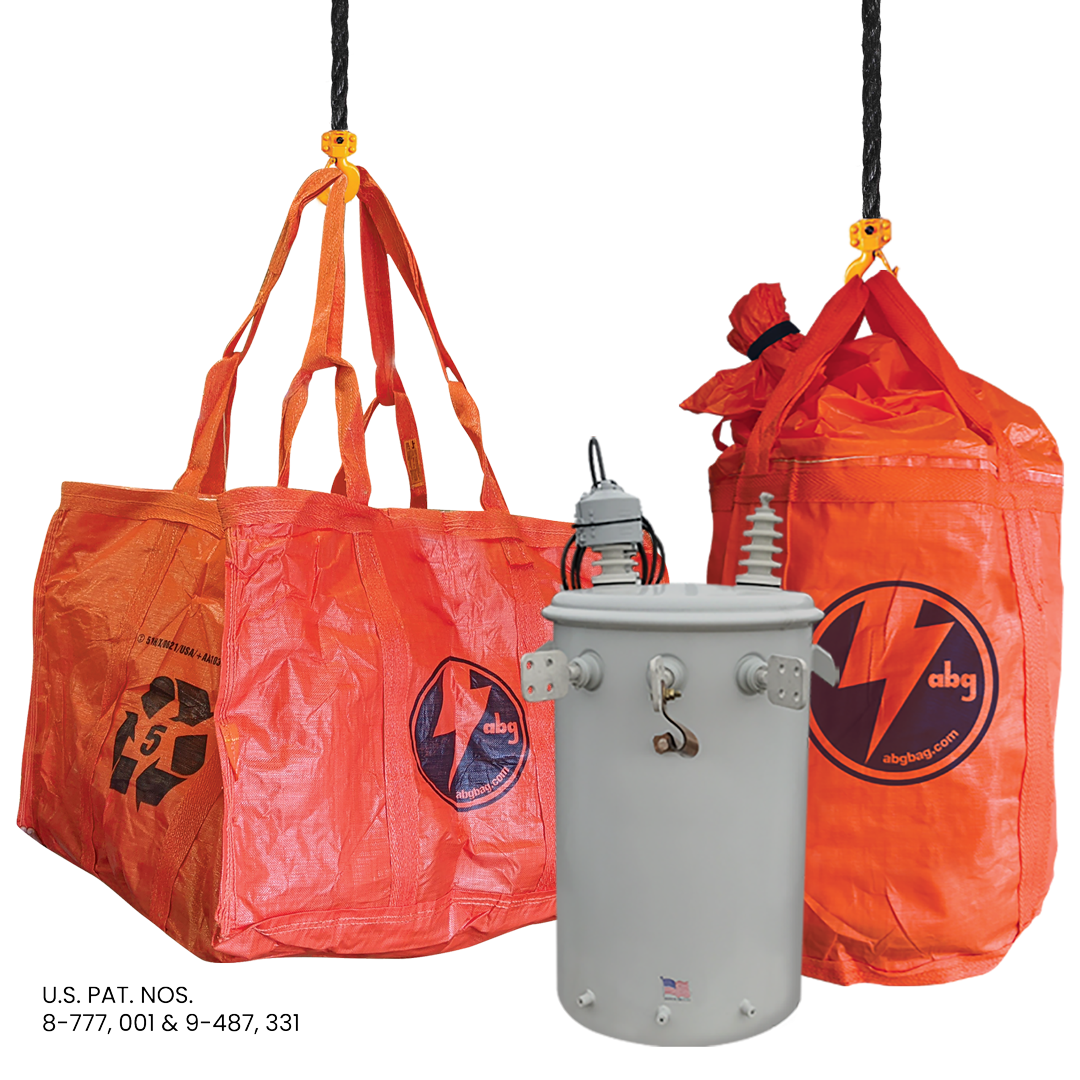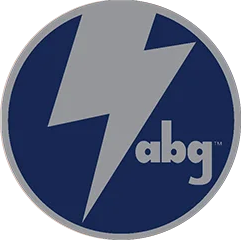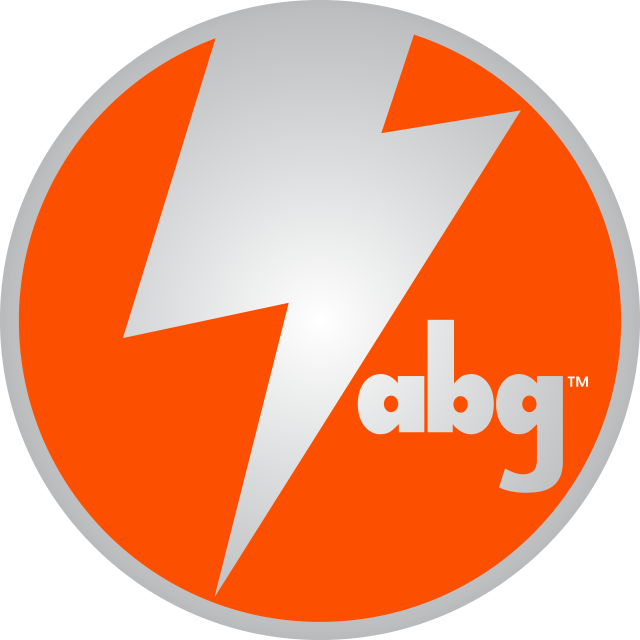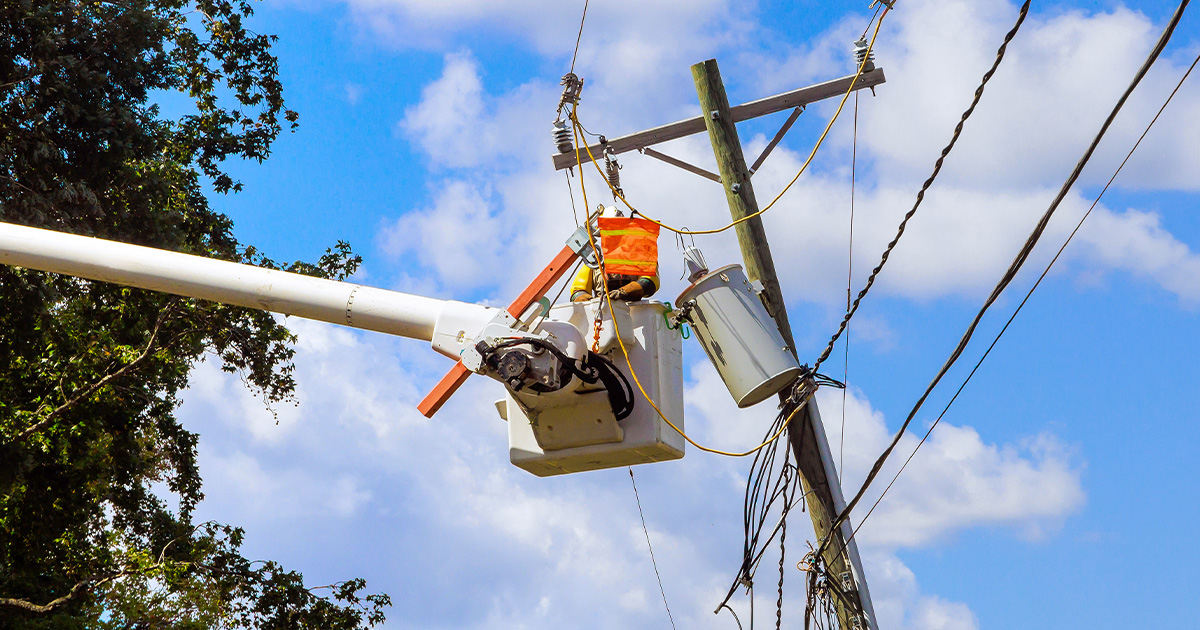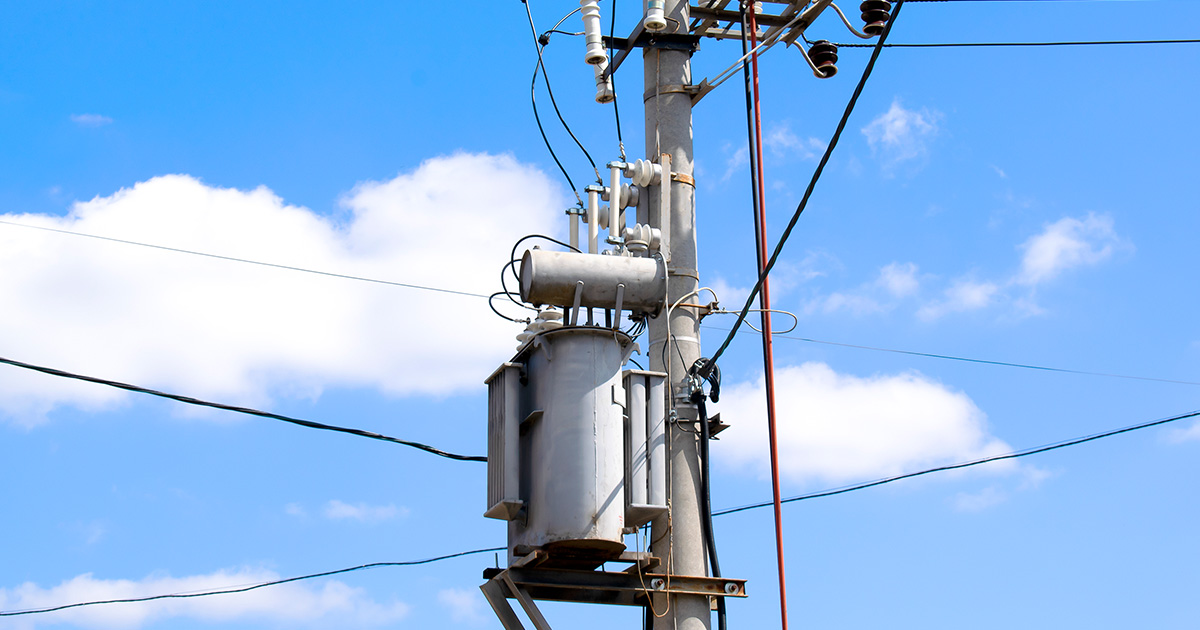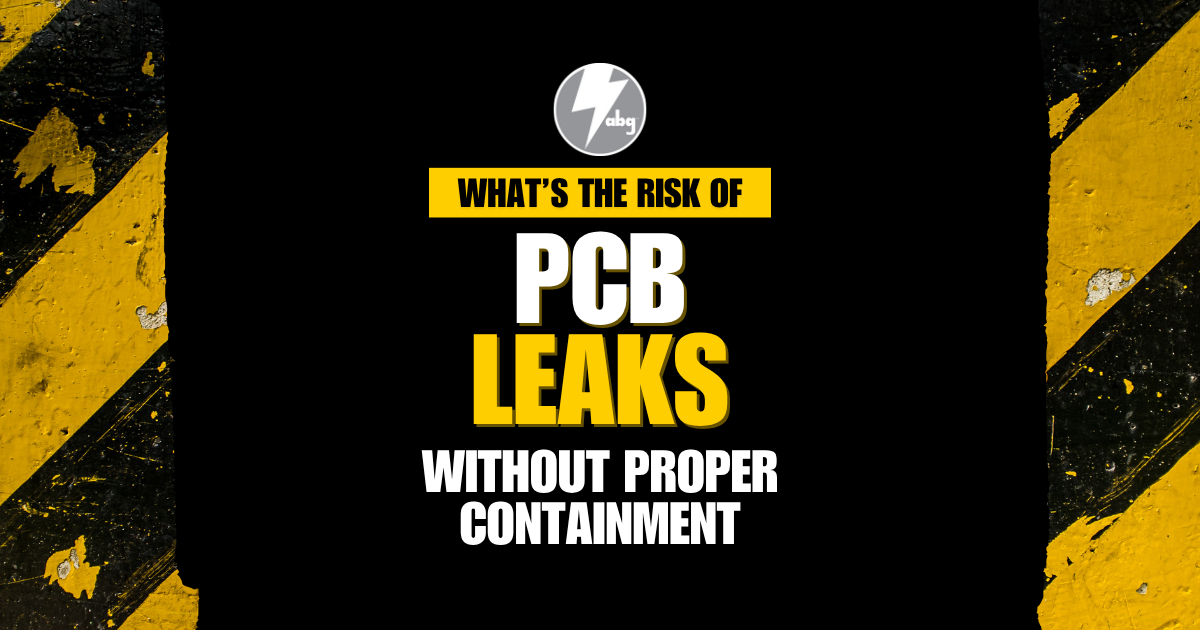
What’s the Risk of PCB Leaks Without Proper Containment?
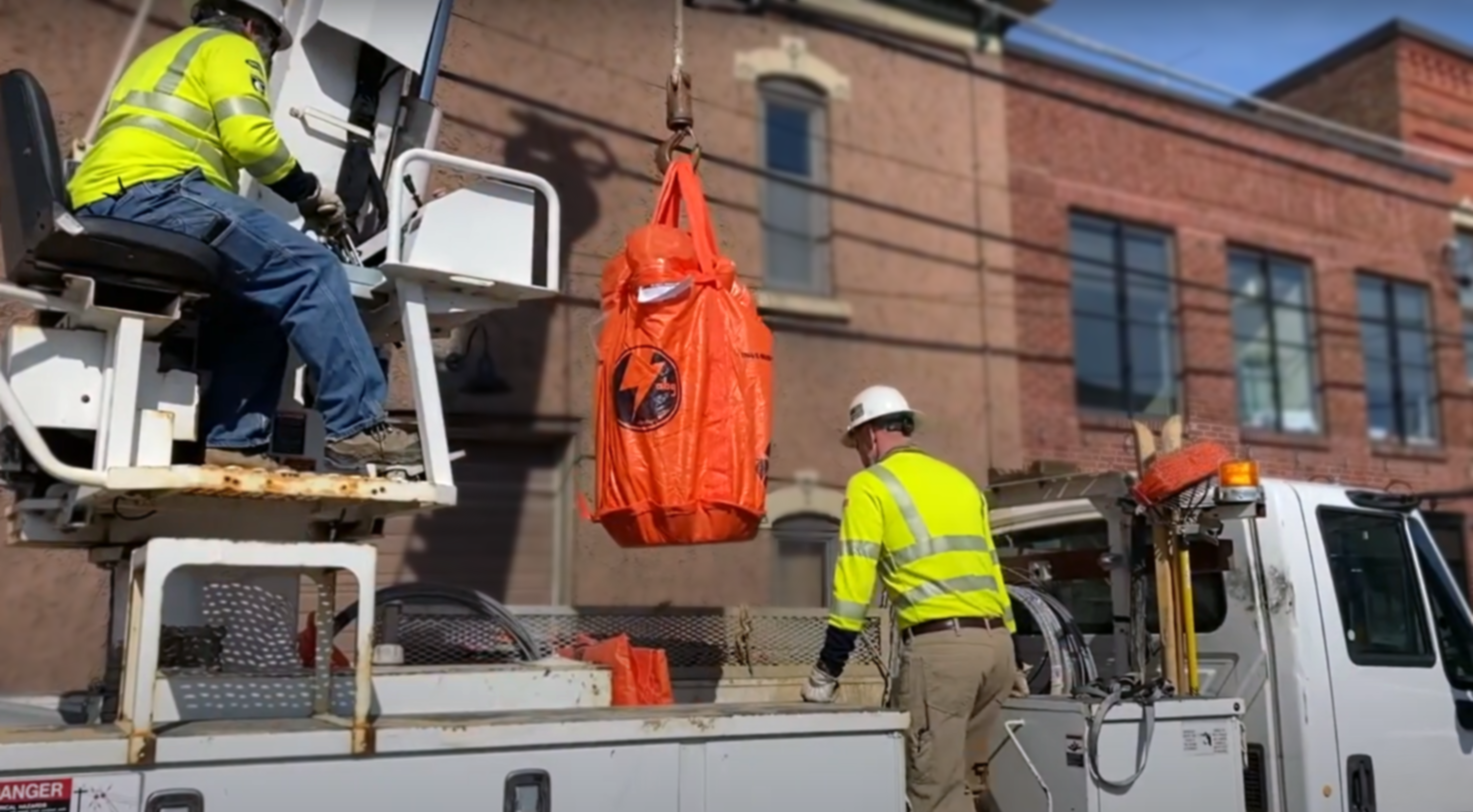
Polychlorinated biphenyls (PCBs) were once widely used in electrical equipment, including transformers, due to their insulating properties. However, since the 1970s, these compounds have been recognized as toxic environmental contaminants with long-term risks to soil, water, and human health. While PCB use has been banned in many applications, countless older transformers still contain PCB-contaminated oil or residues—posing a serious risk if containment measures are not in place.
Without proper transformer containment, even a small leak or accident can lead to significant environmental damage, costly cleanup, regulatory penalties, and legal liability. This is why transformer containment bags, especially PCB transformer containment bags, are essential for today’s utility crews and field operators.
The Hidden Danger of Uncontained PCB Leaks
When a transformer that contains PCBs is damaged—whether on a pole, during transport, or while awaiting decommissioning—its dielectric oil can seep into the ground, migrate through soil layers, and eventually contaminate groundwater. This type of pollution is incredibly persistent, and cleanup often requires costly soil excavation and disposal, along with long-term site monitoring.
Even trace PCB contamination is enough to trigger involvement from regulatory bodies like the Environmental Protection Agency (EPA) or local environmental authorities. Sites near schools, parks, or residential neighborhoods are particularly high-risk when spills occur.
Why Are Transformer Containment Bags Critical?
Modern transformer containment bags are designed to provide both primary and secondary protection. They contain leaks at the source and prevent hazardous fluids from spreading into surrounding areas. For pole-mounted transformers, utility pole containment bags and pole mount transformer containment bags are especially critical, as these units are often located in hard-to-access or environmentally sensitive areas.
Containment bags reduce the need for emergency spill response and minimize the likelihood of violating environmental regulations. In particular, a PCB transformer containment bag is engineered to resist chemical degradation and to safely capture and isolate oils that may contain harmful PCBs.
Understanding the Regulatory Pressure
Federal and state agencies strictly regulate the handling, transport, and disposal of PCB-contaminated equipment. If a utility or contractor fails to use proper containment methods during transformer transport, they risk violating DOT and EPA rules. DOT approved containment bags are specifically designed to meet transportation safety standards and reduce the risk of fluid release while moving transformers from the field to a service facility or storage site.
When a leak occurs in transit without proper containment, it’s not just an environmental issue—it becomes a compliance failure, triggering audits, fines, and expensive remediation requirements.
To understand how this fits into a broader environmental strategy, explore the Essential Guide to Transformer Containment and Transport Bags for a deep dive into safe handling and spill prevention.
Real-World Consequences of Inadequate Containment
The cost of inaction is steep. A single gallon of PCB-contaminated oil can render an entire cleanup site a regulatory hazard zone. Once PCBs enter the soil or water, the area may be considered hazardous waste and must be managed accordingly.
In many cases, utility companies and municipalities have faced multi-million-dollar lawsuits over environmental contamination that could have been prevented with proper containment protocols. This is especially relevant in urban areas, nature preserves, and regions with strict land-use policies.

Field-Ready and Practical for Crews
Another reason transformer oil containment bags and containment bags in general are becoming standard equipment is because they are highly portable and easy to install. Crews in the field can quickly deploy these bags during removal or replacement of transformers, giving them an immediate method of containment before any spill has the chance to cause damage.
This also allows for safer, more controlled transformer transport, and aligns with internal safety programs focused on minimizing risk, downtime, and environmental exposure.
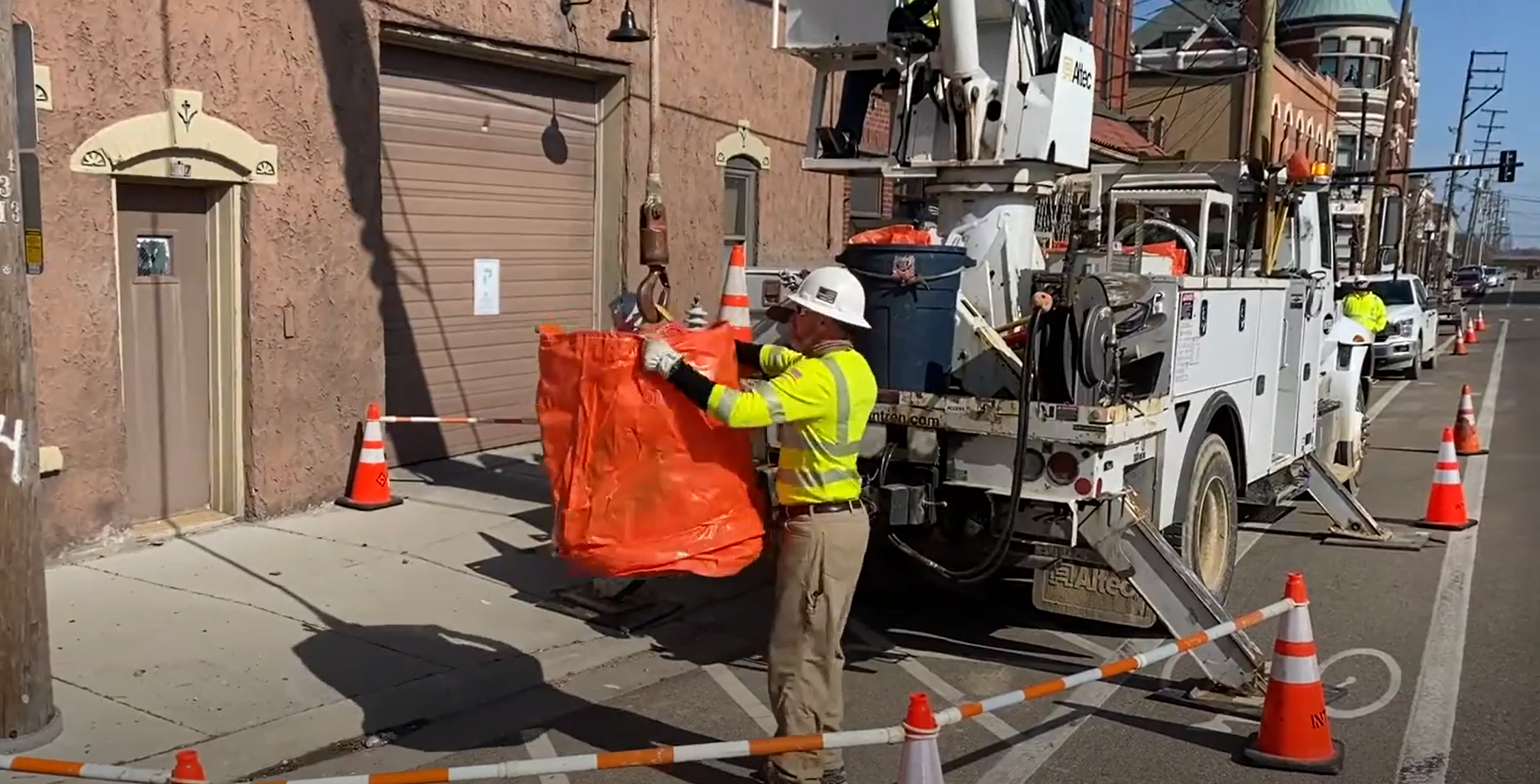
How Utility Pole and PCB Bags Prevent Environmental Risk
The combined use of utility pole containment bags and PCB transformer containment bags is part of a proactive risk management strategy. These containment products aren’t just about compliance—they’re about protection, sustainability, and public safety. To explore this topic further, read How Utility Pole and PCB Bags Prevent Environmental Risk.
From storm damage to wildlife interference, utility infrastructure faces constant threats. Having the right tools on hand is one of the most effective ways to prevent contamination from becoming a long-term issue.
PCB Containment and ESG Commitments
Environmental, Social, and Governance (ESG) standards are also driving change in how utility companies handle older transformers. Using transformer containment products that prevent soil and water pollution demonstrates a commitment to responsible environmental practices. Reusable, field-tested, and DOT-compliant bags support these goals while also improving operational efficiency.
PCB leaks from transformers are preventable, but only with the right tools and awareness. Investing in transformer containment bags—including those specifically designed for pole-mounted units and PCB handling—is an investment in long-term compliance, environmental stewardship, and public trust.
Whether you’re dealing with aging infrastructure or transporting recently decommissioned units, proper containment is no longer optional. It’s essential.
Need Help Choosing the Right Containment Solution?
Speak with a containment expert today. Call ABG Bag Inc. at 800-758-8079 to get personalized support and product recommendations.
